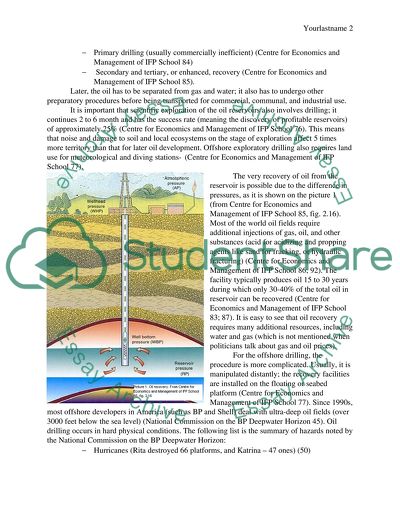Cite this document
(“Politics of US Environmental regulations on drilling, pipelines, Essay”, n.d.)
Retrieved from https://studentshare.org/environmental-studies/1402259-politics-of-us-environmental-regulations-on
Retrieved from https://studentshare.org/environmental-studies/1402259-politics-of-us-environmental-regulations-on
(Politics of US Environmental Regulations on Drilling, Pipelines, Essay)
https://studentshare.org/environmental-studies/1402259-politics-of-us-environmental-regulations-on.
https://studentshare.org/environmental-studies/1402259-politics-of-us-environmental-regulations-on.
“Politics of US Environmental Regulations on Drilling, Pipelines, Essay”, n.d. https://studentshare.org/environmental-studies/1402259-politics-of-us-environmental-regulations-on.


